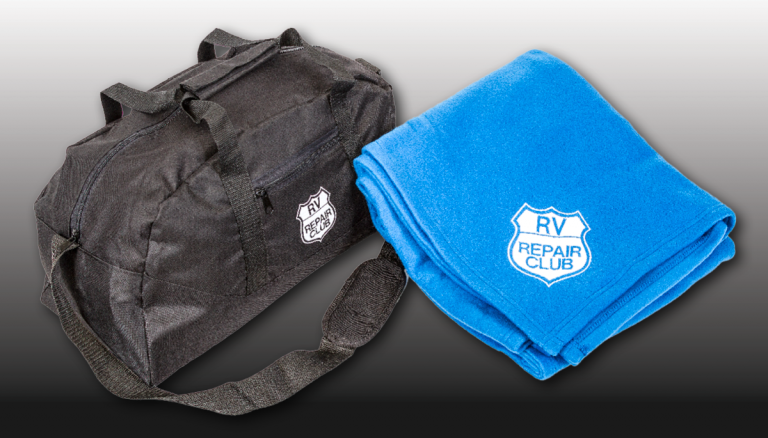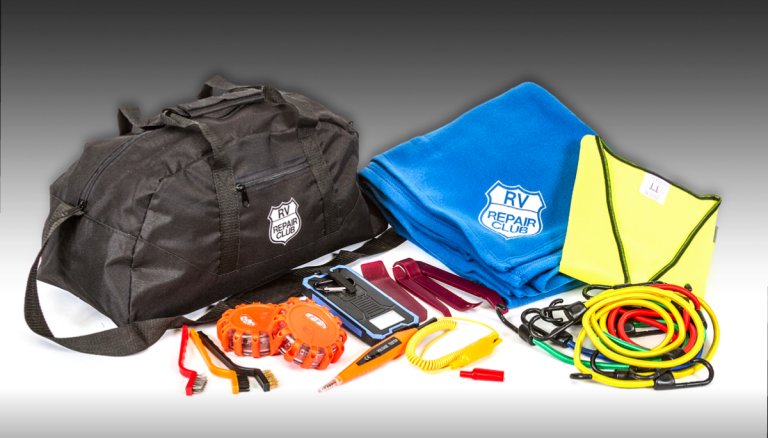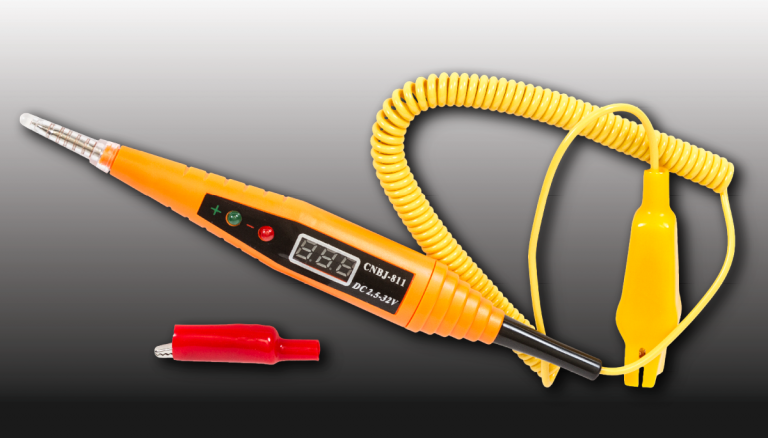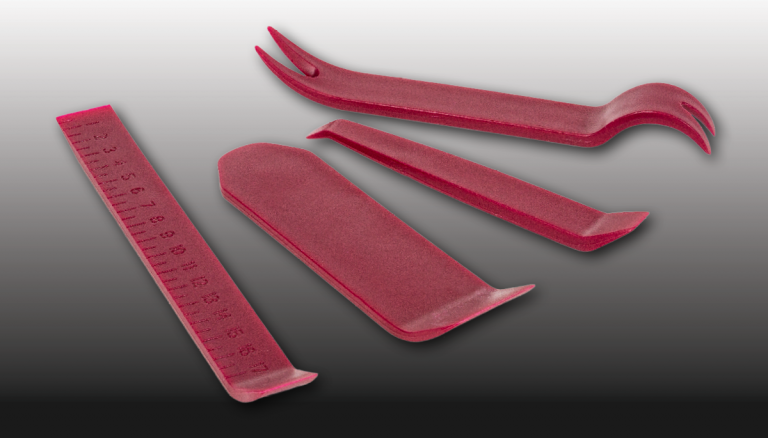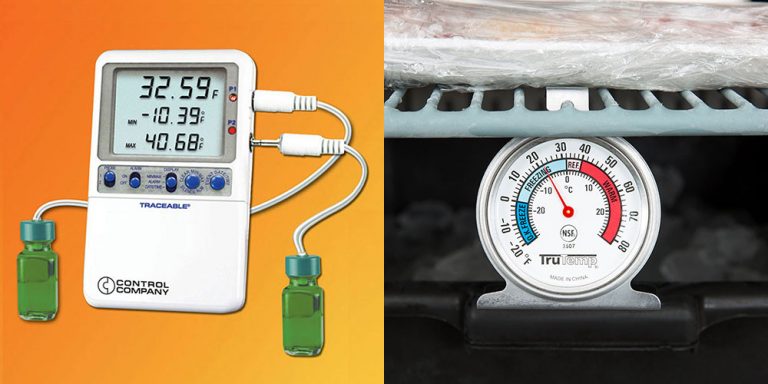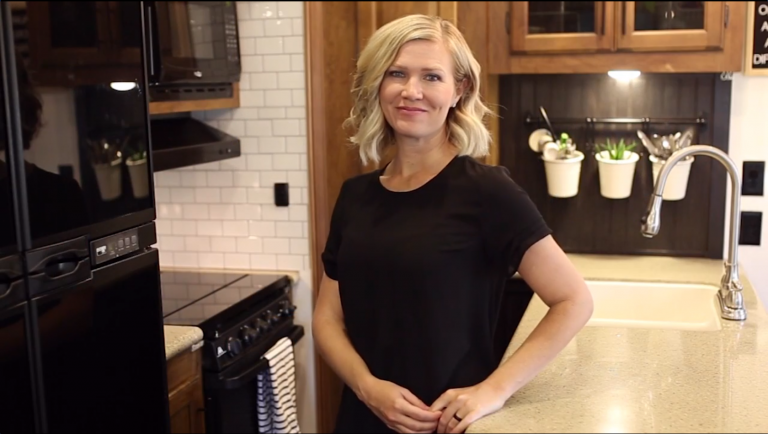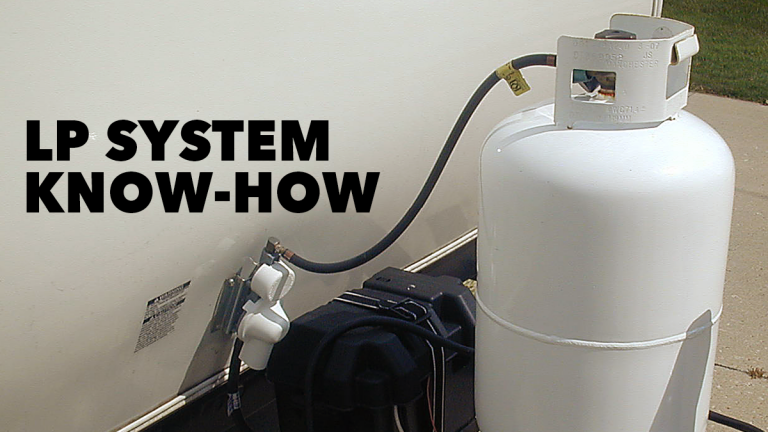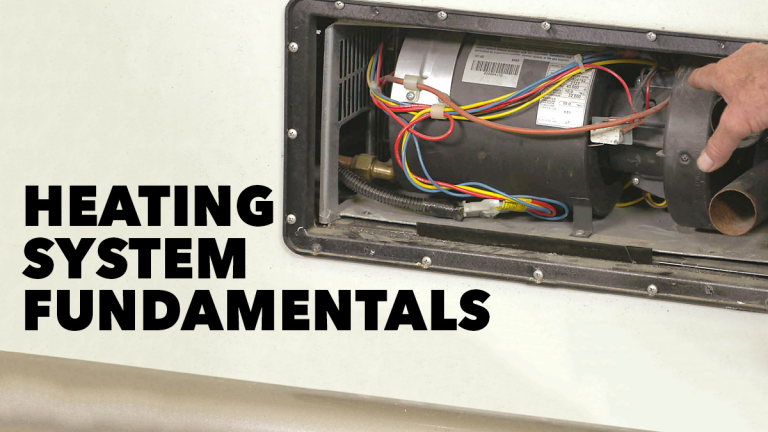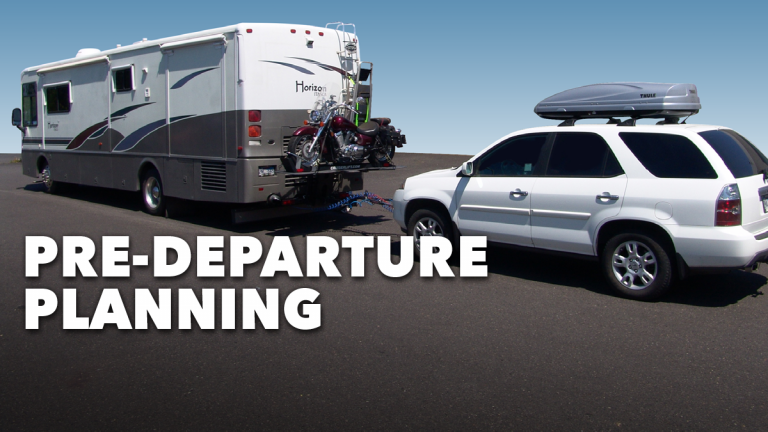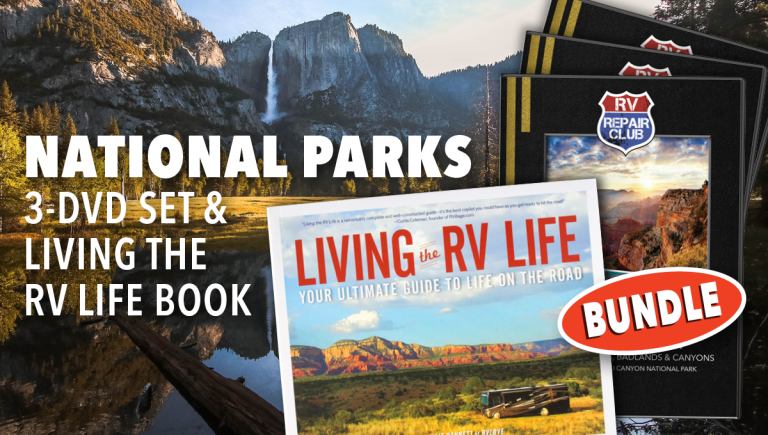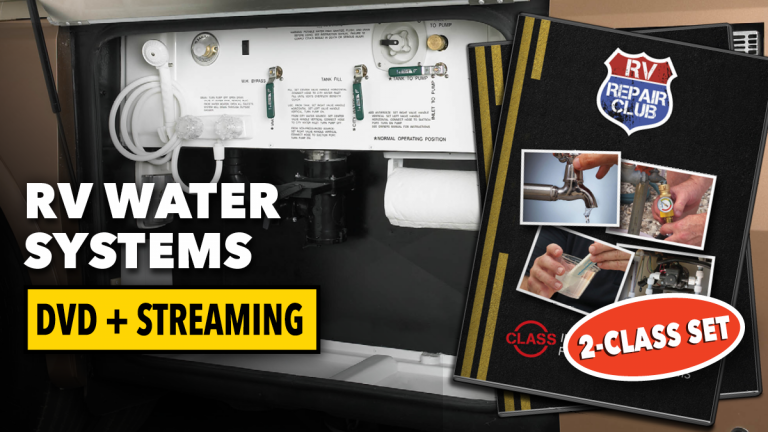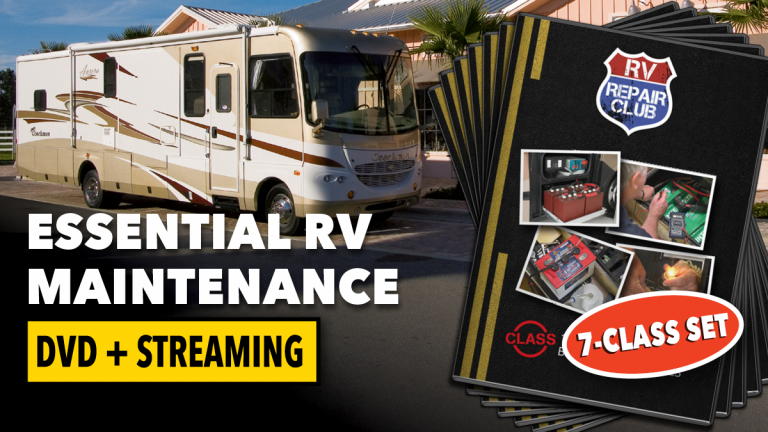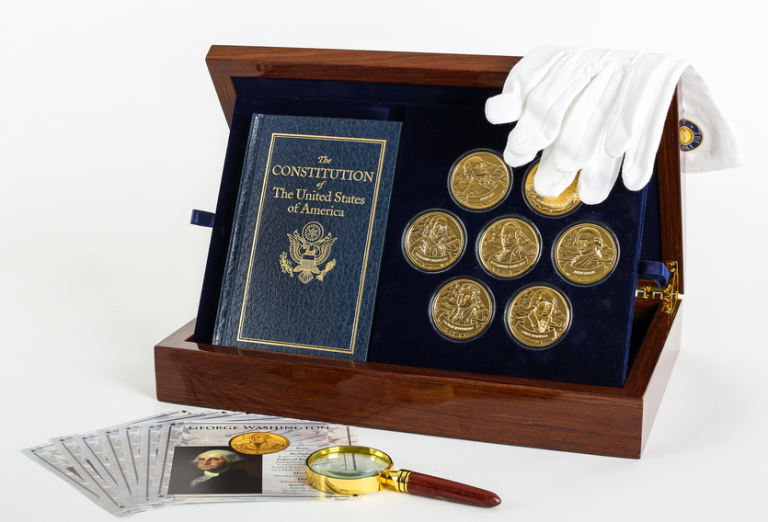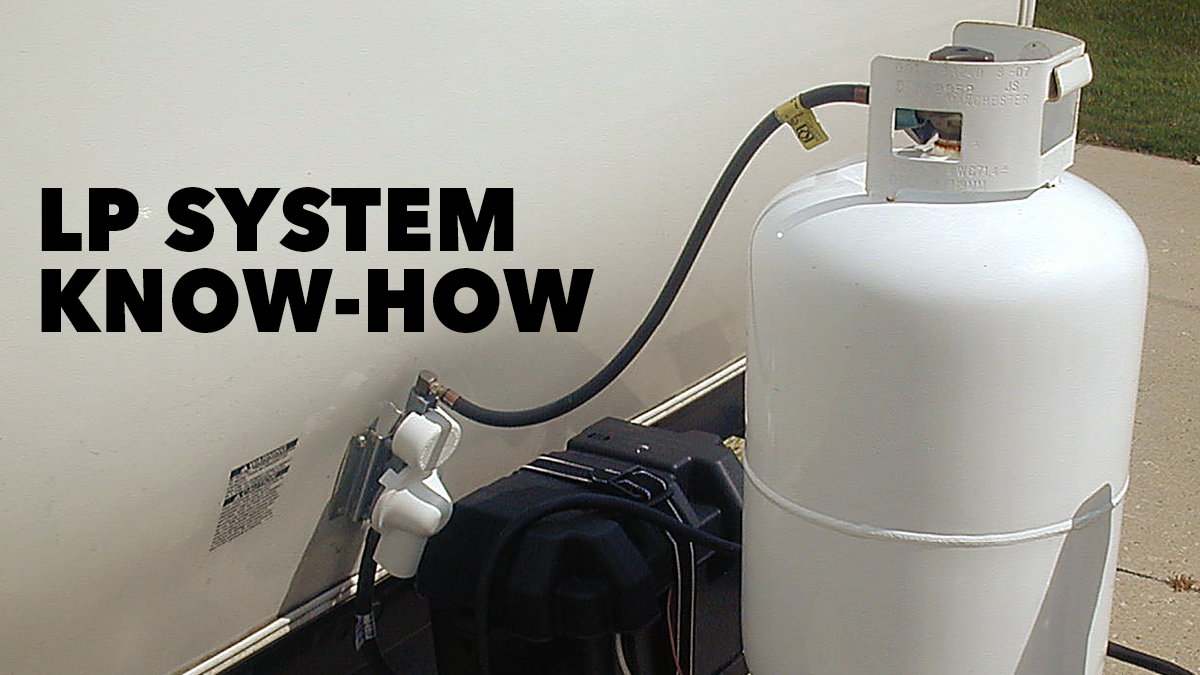
LP System Know How Class DVD
$39.99
Description
Liquid Propane, or LP, is a very versatile fuel source and the lifeblood of most RV appliances. As an RV owner, it’s important that you understand the fundamentals of how an LP system works.
That knowledge will help you keep your appliances running smoothly and operating your rig in a safe manner along the way.
LP is 270 times more compact as a liquid than as a gas, making it a preferred choice for an RV fuel source as it is more economical to store and transport. In the RV application, trailers use containers known as DOT cylinders, which are upright containers like the type used in residential grills and come in small 20 lb. cylinders up to 40 lb. used in 5th wheel trailers.
Motorhomes typically use ASME tanks permanently mounted to the frame in a vented compartment – however some models recently have been using the DOT cylinders in compartments to make it easier to disconnect and refill without needing to take the motorhome to the propane distributor.
In this class, you’ll learn how LP was discovered in 1910 by a chemist in Pittsburg, how to properly fill an LP container, and how the LP system works in your RV.
In an RV, LP is used as a fuel source for the water heater, refrigerator, stove top, oven, and furnace. LP is stored in the DOT cylinder or ASME tank as a liquid and when the appliance calls for fuel, it turns to a high-pressure gas. The regulator controls the pressure as it exits and reduces it to a safe level for the hoses, valves, and appliances. This pressure is measured as water column pressure, and is typically 11 inches of water column in an RV.
Troubleshooting an LP appliance issue is easy with an understanding of how each appliance works on each mode of operation. Some appliances, like the refrigerator and some water heaters, work with either 120-volt power or LP. If the appliance does not work on the LP mode, verifying the 120-volt operation will help identify the trouble is in the LP operation and not the appliance in general.




